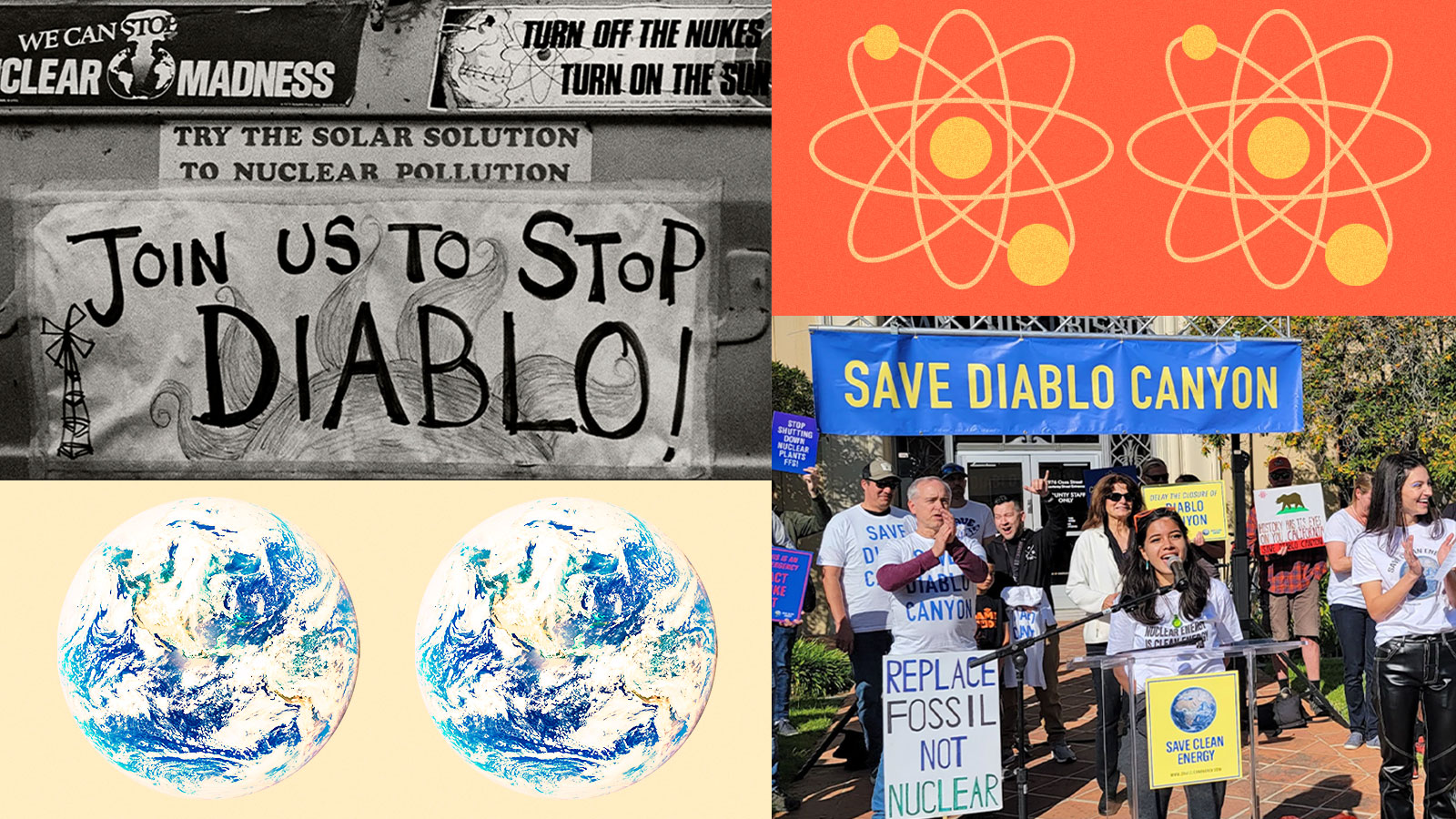In some ways, the nuclear rally looked like what you might expect. A man in a polar bear costume waved a hand-painted sign. Local politicians and activists gave speeches. A space scientist made everyone cry by asking listeners to take the cosmic perspective: “all of us together on a tiny little planet alone in the blackness.” A celebrity — the singer Grimes in this case — appeared on video and blew a kiss to the protesters. Mothers nursed babies. A man with a green headband and gray ponytail shuffled his Birkenstocks to the music.
But there was one key difference in this assembly in San Luis Obispo, California, near the Diablo Canyon Nuclear Power Plant: These environmentalists were working to keep a nuclear facility open, not to shut it down.
“Save the plant!” Isabelle Boemeke, a model and nuclear social-media auteur, shouted through a bullhorn.
“Save the planet!” echoed a cadre of women behind her, all holding the tethers of a van-sized blimp with the words “save clean energy” emblazoned on one side. The dirigible was supposed to represent a fraction of the greenhouse gases likely to be released into the atmosphere if California goes ahead with a plan to close Diablo Canyon’s two reactors in 2024 and 2025.
“We’re on a mission!” squawked the bullhorn.
“To stop all emissions!” answered the activists.
Decades after the previous generation of greens protested to close nuclear reactors, a new generation is beginning to advocate to save those same plants. These activists regard nuclear power – which provides more than half of the country’s clean energy – as a vital asset in the fight against climate change.
Most of America’s nuclear reactors were built in the 1980s and their 40-year licenses are nearing expiration. Now, policymakers are wrestling with whether to begin the arduous license renewal process, or simply shut plants down. Leaders in New York recently made the latter choice, decommissioning the Indian Point Nuclear Power Plant. But in other cases, pro-nuclear activists have turned the tide.
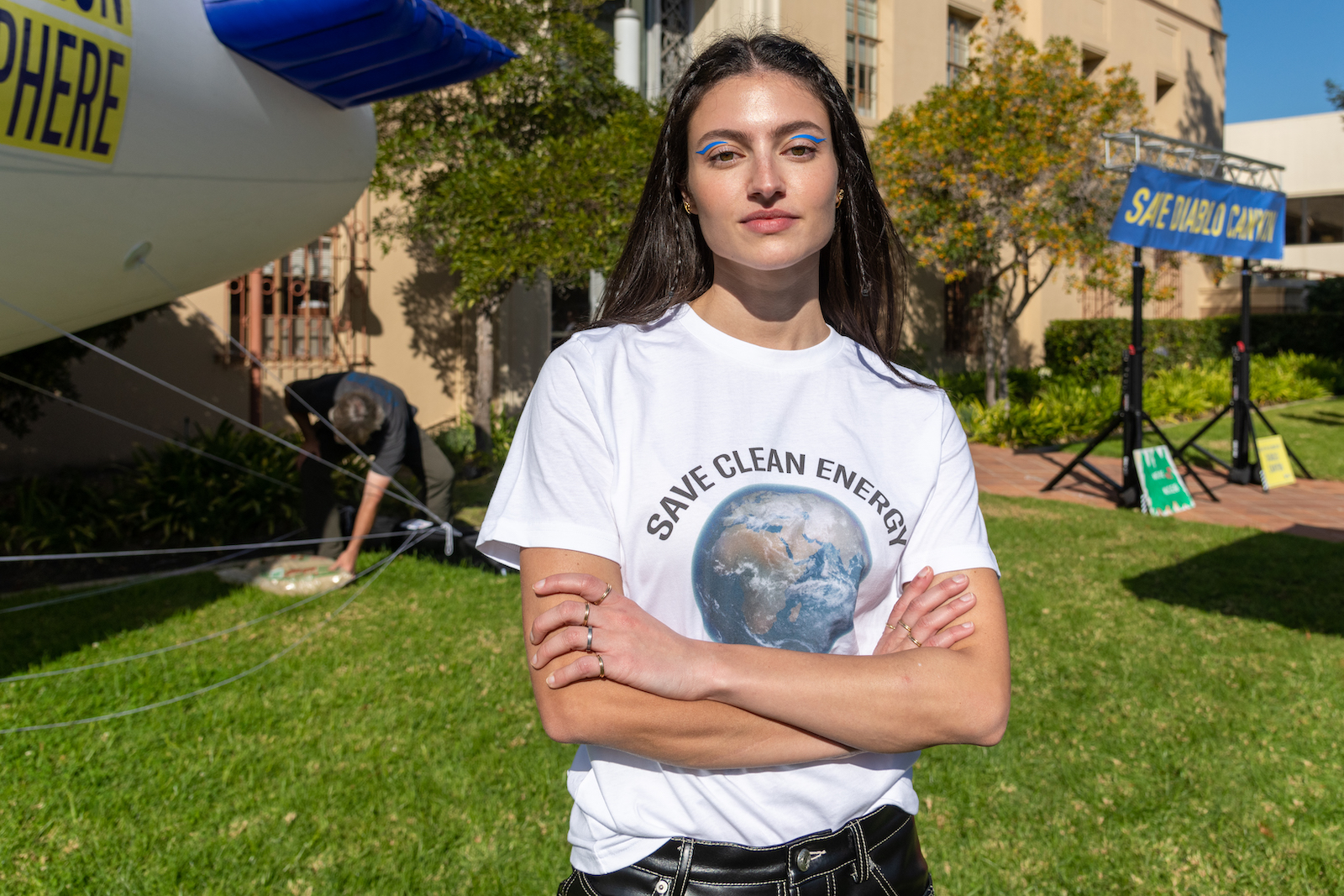
“In Illinois, New York, New Jersey, and Connecticut, they have saved nuclear power plants,” said John Parsons, an environmental economist at MIT who has spent years studying the costs of nuclear power. “In the struggle to actually do something about climate change people have been forced to take a hard look at the numbers — and attitudes about nuclear power have changed.”
For decades, hardly anyone stood up for nuclear energy except the utilities making money off it. This new breed of nuclear advocates is different: They are climate hawks first and support nuclear only insofar as the technology helps them achieve their larger goals. Boemeke, who organized the December 4th rally in California, cheers for geothermal advances just as loudly as nuclear wins. Pete Marsh, who had driven to the protest from Long Beach in his electric car, is a solar contractor, but he didn’t want to see California repeat the pattern of building renewable energy only to wipe out the gains by closing nuclear. “I don’t want to tread water on climate change,” he said.
Americans have slowly warmed to nuclear energy since the days when people associated the word nuclear with war and bombs. Surveys from the Pew Research Center surveys ask people if they support building more nuclear power plants, and the percentage answering “yes” has crept up to 50 percent over the years. In 1983, a researcher for the Nuclear Energy Institute, an industry association, began conducting surveys asking Americans how they felt about existing nuclear generation. Back in the 1980s, the survey found an even split — about half in favor and half opposed. The researcher, Ann Bisconti, repeated the survey every year since, and found a dramatic increase in the popularity of fission, with 76 percent of Americans in favor of nuclear electricity generation and 24 percent opposed.
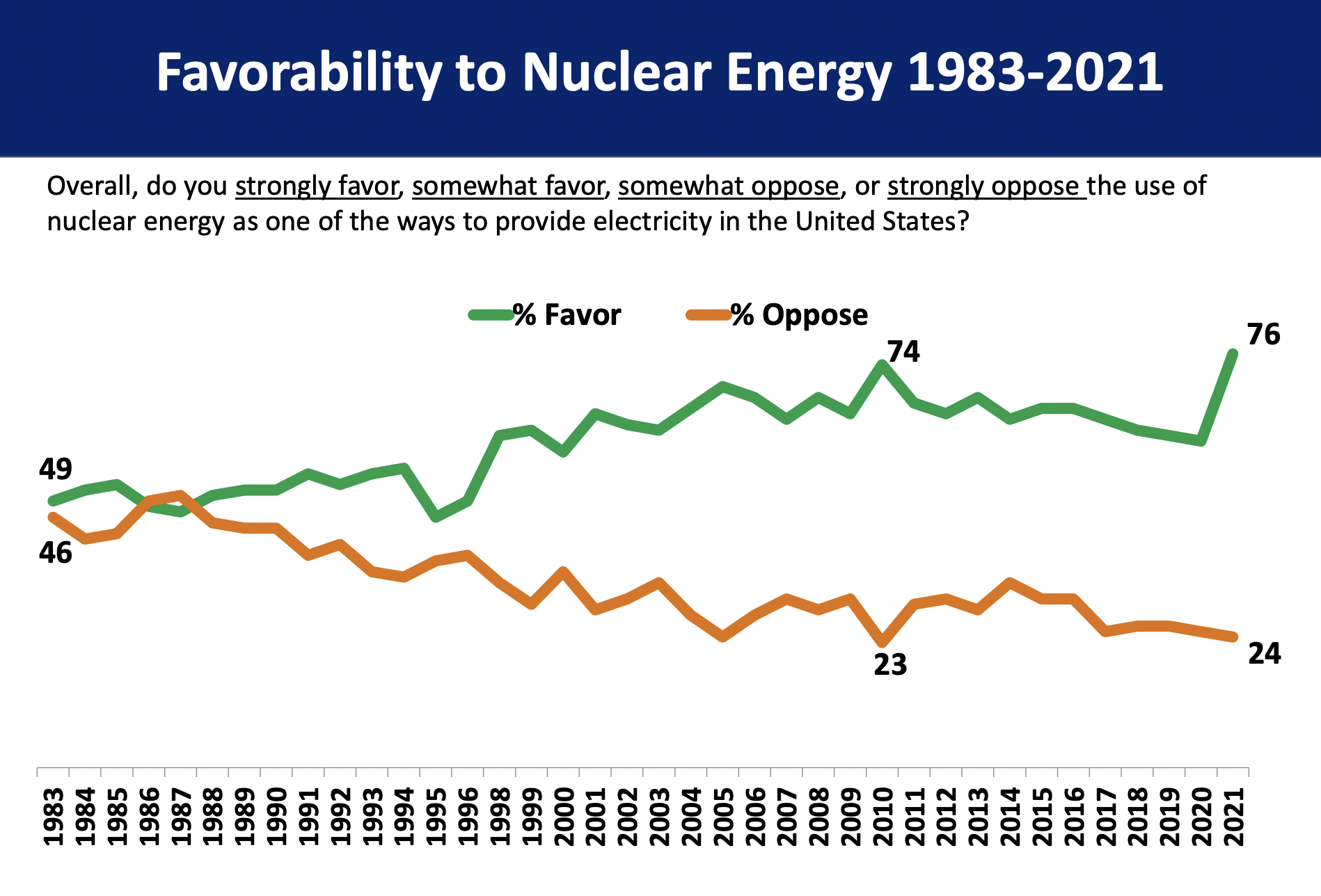
Just five years ago, nuclear energy didn’t seem popular, at least in California. The state had recently shuttered its other nuclear power plant, the San Onofre Generating Station, after one of its parts broke. In 2009, Pacific Gas and Electric, or PG&E, had begun the process of renewing Diablo Canyon’s license for 20 years, but nuclear power was beginning to look like a risky investment. In 2016, the utility, environmentalists, labor, and antinuclear groups negotiated a deal to close Diablo Canyon’s two reactors when their licenses expired in 2024 and 2025.
Closing the facility would take about 15 percent of California’s low-emissions electricity off line — equivalent to scrapping all the wind turbines spinning in the state. As part of the agreement to close the plant, the groups sketched out a rough proposal to build enough renewables to fill the gap. But recently the Union of Concerned Scientists warned that the state is not moving fast enough, and carbon emissions are likely to increase by 15.5 million tonnes over the next decade as the reactors stop producing electricity. The group, however, doesn’t want to keep the nuclear plant open. Instead it — and most of the other big environmental organizations — say the solution is to build batteries and turbines faster. That, they say, would be cheaper than keeping Diablo Canyon running.
Among environmental wonks, the nuclear debate is mostly centered on cost nowadays. Sure, there are still all the other issues lurking in the background: the fears about waste, meltdowns, uranium mining, and the threat of nuclear conflict. Grist has gone deep to understand each of these issues, and the big-picture takeaway is that these problems are real, but tiny when compared to fossil fuel generation. Earthquake-riven California seems like an especially dangerous place to operate a nuclear plant, but engineers designed Diablo Canyon with seismic risks at the front of their minds and a Union of Concerned Scientists analysis showed that plants in South Carolina, Virginia, and Missouri had greater earthquake risk than California’s last remaining plant.
It’s clear that nuclear plants often go way over budget during construction. That’s happened again and again. But at the rally last month, Heather Hoff, who works at the Diablo Canyon plant and co-founded the group Mothers for Nuclear, pointed out that an existing plant already producing energy for a few cents per kilowatt-hour is a different case. “Diablo Canyon is the cheapest of the cheap,” she said.
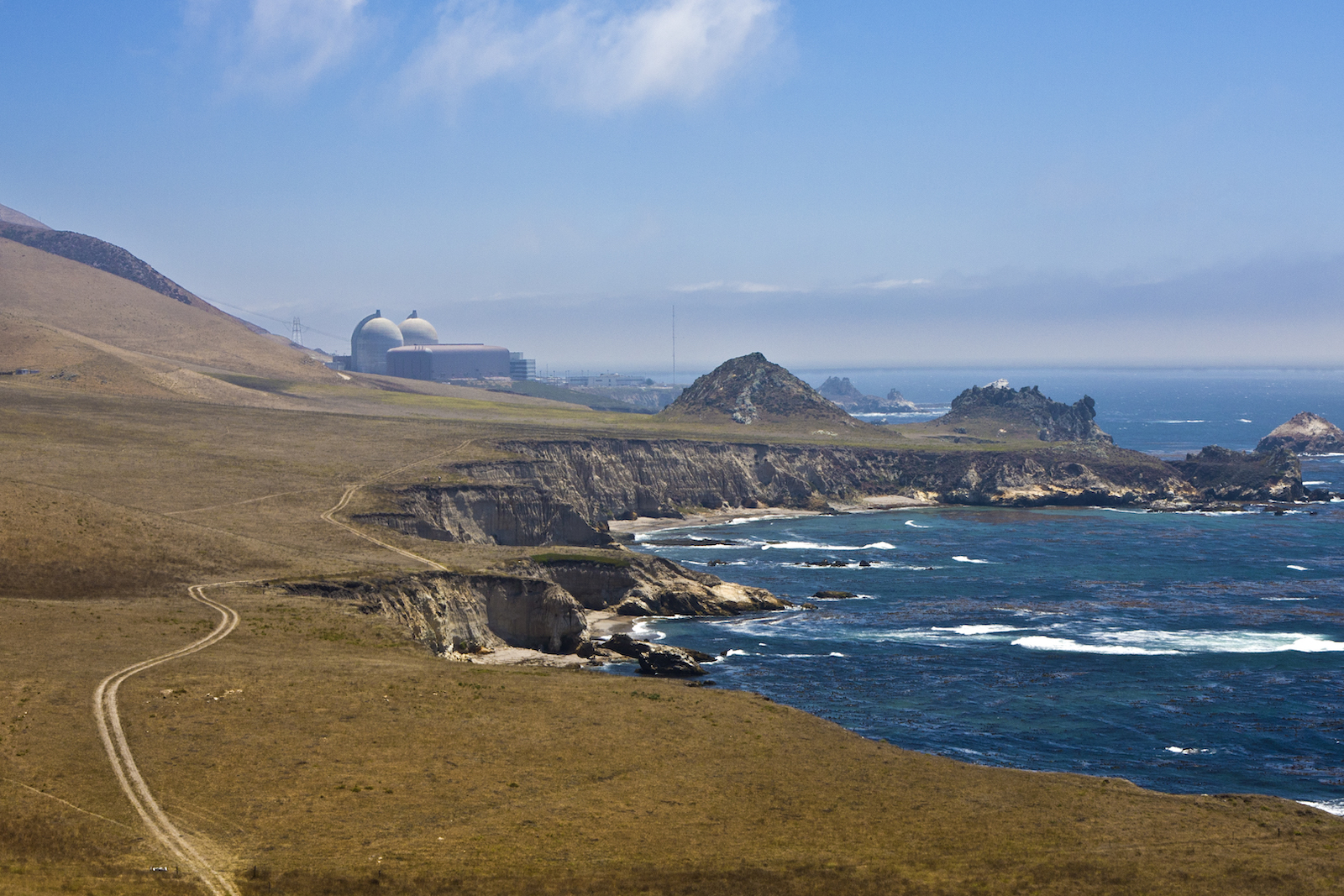
It’s a difficult debate for those not steeped in the nuclear world to understand because each side brings its own numbers to the fray. Diablo Canyon is the perfect example: Nuclear advocates say it’s a bargain, while anti-nuclear groups say it’s ridiculously expensive.
Back in 2016, the nonprofit groups The Utility Reform Network, the Center for Energy Efficiency and Renewable Technologies, and Friends of the Earth issued a report suggesting that Diablo Canyon would soon cost nearly $100 per megawatt-hour of electricity it generated. At that price, you could shut down the plant, build enough wind and solar farms to replace it, and still save money.
Instead of arguing against this report, PG&E, which owns Diablo Canyon, embraced it. Usually the nonprofits argue that utilities have lower costs than they are asking ratepayers to cough up (that’s the way the game works: utilities bid high and advocates whittle down their demands), so when these nonprofits made the case that Diablo Canyon’s costs were actually much higher, PG&E saw an opportunity to cash in. It was unclear if the utility would be able to renew the plant’s license with the Fukushima nuclear disaster fresh in people’s minds.
And there was another threat: The state was considering a proposal to make Diablo Canyon build a new cooling system. Diablo Canyon sucks up sea water to cool its reactor, along with lots of plankton, fish eggs, and squid larvae, which don’t survive the trip. Fully upgrading the facility to save these critters – with $6 billion cooling towers – would be prohibitively expensive. There were more realistic options, like building a new water-intake system, or creating an artificial reef to grow sea life elsewhere, but if regulators picked the expensive option, the plant would simply have to shut down. So PG&E agreed to close the reactors. In return it got a payday — a decade where Diablo Canyon’s revenues shot up.
If nuclear advocates have their way and California reverses course and keeps Diablo Canyon open, it’s going to need a lot of upgrades that PG&E decided not to do because the plant was moving toward retirement, said Matthew Freedman, staff attorney for The Utility Reform Network, which advocates for lower power rates.
“You are putting a lot of eggs in one basket,” he said. “A nuclear plant can be a very valuable system resource, but it can also be risky.”. Nuclear plants are big: Diablo alone provides more than a tenth of California’s electricity. If something breaks and the plant closure comes unexpectedly it means a surge in both costs and greenhouse gas emissions, Freedman explained. That’s why he supports the plan to close Diablo Canyon.
But it’s hard to say with certainty that a renewable buildout to replace California’s last remaining nuclear facility would be cheaper than simply keeping the plant running.
“That’s the hope,” Freedman said. “You basically don’t know until you do the counterfactual.”
One reason to be skeptical: Diablo Canyon’s costs have not ballooned in the way that the nonprofits predicted in 2016. In a recent analysis, Parsons, the MIT economist, showed that the environmental groups assumed that costs would swell by 5 percent every year — a compound interest rate that generated towering sums over time. But that hasn’t happened.
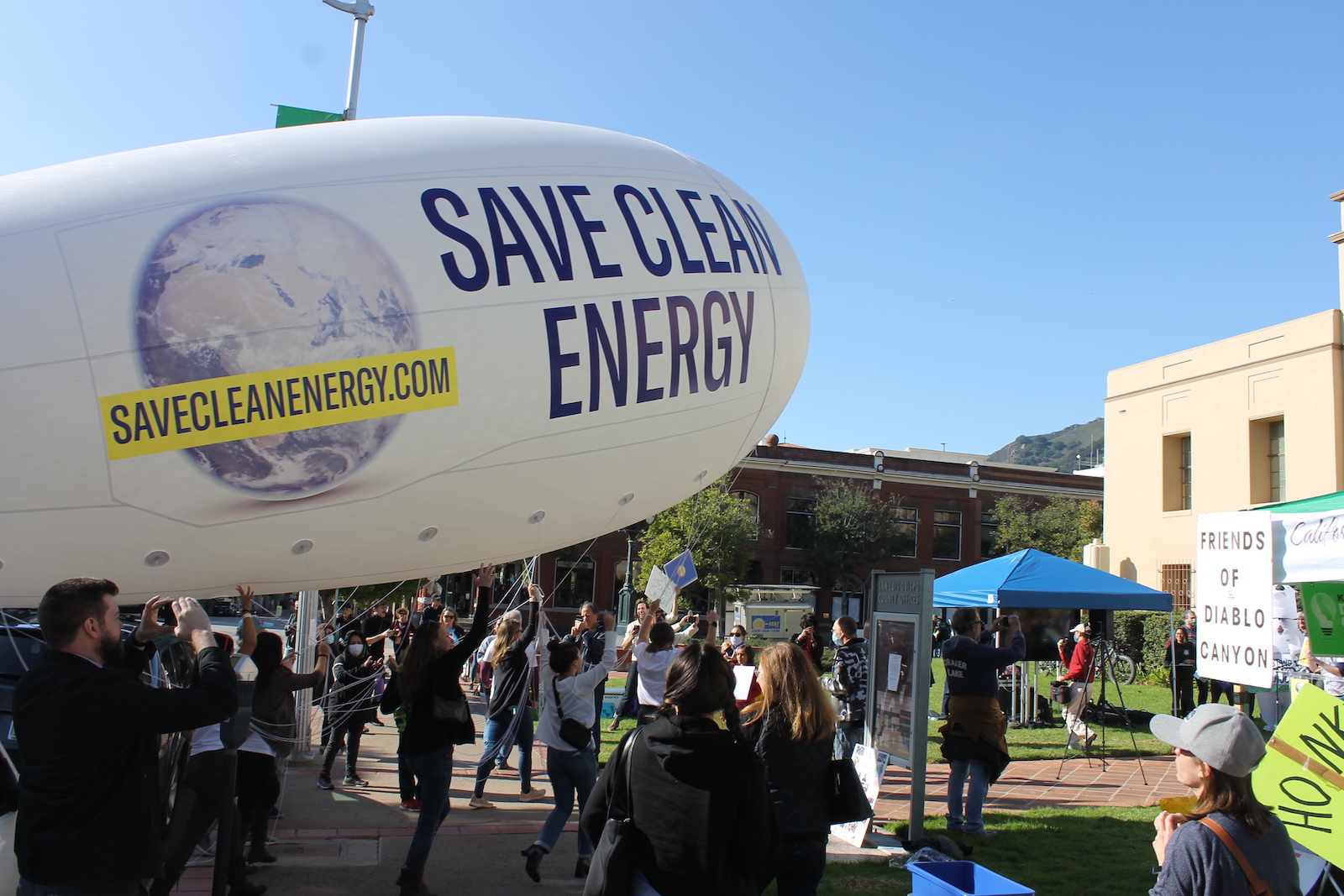
Another study released in November by Parsons and other researchers at MIT and Stanford University suggested that keeping the plant running another 20 years — instead of costing money — would save more than $1 billion a year. Instead of $100 per megawatt-hour, the economists found that Diablo Canyon would cost around $42 per megawatt-hour, even after budgeting $550 million for upgrades. However, that number misses some big expenses, like the plant’s taxes and profits. Adam Stein, the senior nuclear energy analyst for the Breakthrough Institute, an environmental think tank, waded through reams of public documents to factor in the big line-items that the academics missed. Stein’s figure: $52 per megawatt hour, is a reasonable upper bound on the cost of electricity from the plant, less than the cost of geothermal energy and about the same as solar with an hour of battery backup.
And it’s possible that leaders might allow the plant to side-step the rule. California’s policy calls for special consideration to be given to the climate benefits of nuclear power plants and politicians have made exceptions in the past: California Governor Gavin Newsom has granted waivers to gas-powered plants, allowing them to keep sucking up sea life, said Stein.
V. John White, executive director of the Center for Energy Efficiency & Renewable Technologies and one of the authors of the 2016 report, acknowledged that Diablo’s costs hadn’t spiraled in the way they had projected. But he said, “We think on balance, given the uncertain costs of the nuclear plant going forward versus the relatively known costs of alternatives, that closing this plant still makes sense.”
Recently U.S. Energy Secretary Jennifer Granholm said she supported extending the life of the plant, and two former energy secretaries have agreed it should stay open to drive down greenhouse gas emissions. In fact, members of the last two Democratic presidential administrations have been bullish on nuclear in general. At last year’s climate conference in Scotland, Granholm made the case for going further than extending the life of existing plants, proposing that the United States deploy a new generation of advanced nuclear reactors. Back when nuclear war was the greatest existential threat to humanity, peace activists and environmental activists joined hands to stop the nukes. That may have changed as concern over climate change has ratched up.
As the rally in San Luis Obispo wound down, activists reflected on their chances of stopping the shutdown. “Maybe it’s the optimist in me but it feels like a dam breaking, I think we are going to do it,” one said. That will only happen if this scrappy band can convince some leaders. And if they fail, there are more reactors teetering on the verge of political viability in South Carolina, Connecticut, and New York.

